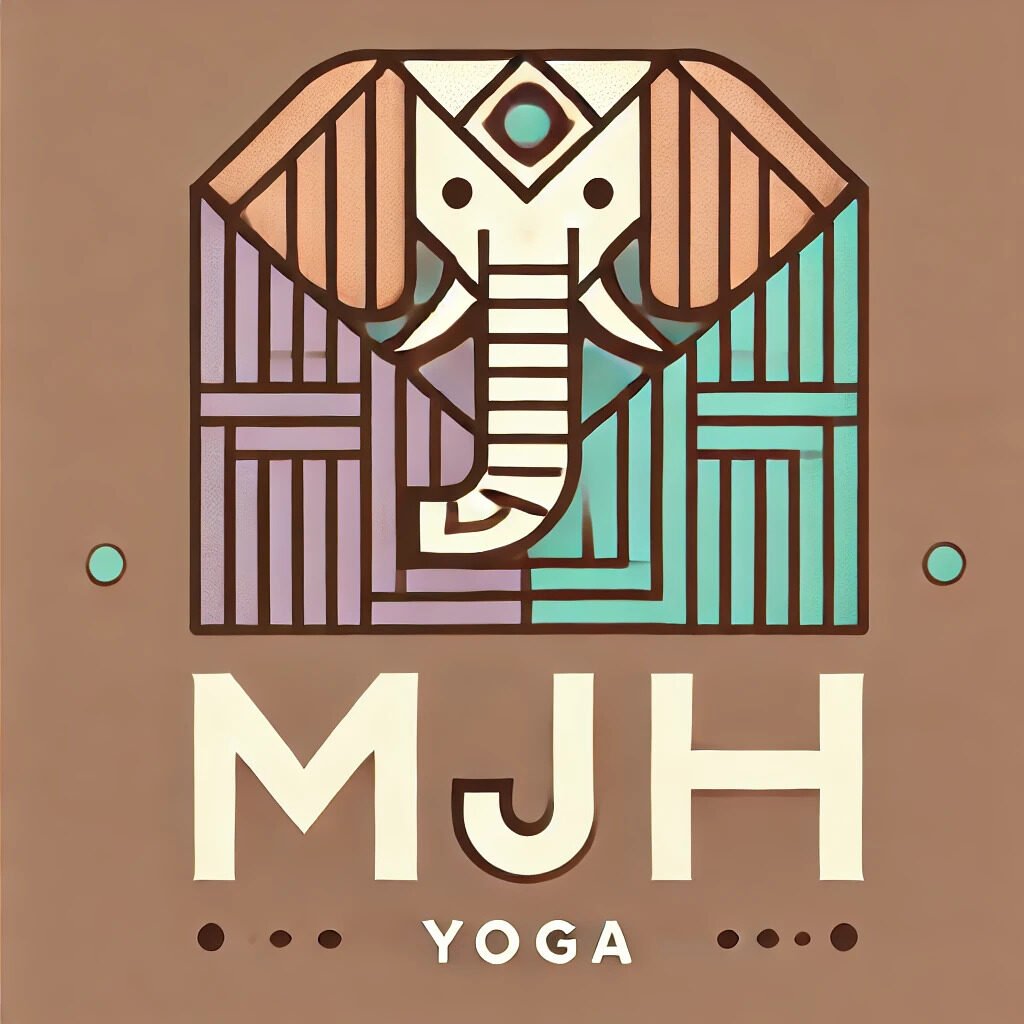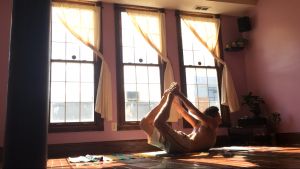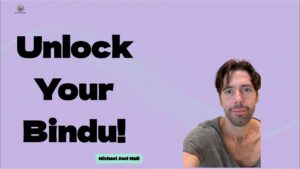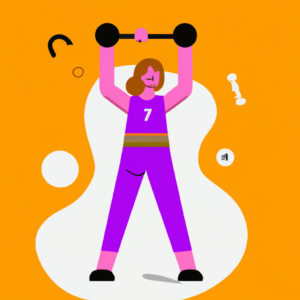What Ashtanga Yoga Teachers Can Learn from NFL Coaching Excellence
The Performance Paradox
In 2007, Tony Dungy became the first African American head coach to win a Super Bowl. But his real legacy wasn’t built on that February night in Miami—it was constructed over the following decade through youth mentorship programs, education reform initiatives, and community leadership that reached far beyond football. Dungy understood something essential: elite performance and transformational teaching require fundamentally different skill sets.
The Ashtanga yoga world faces a similar paradox. The most accomplished practitioners—those who can effortlessly float through advanced series—often become authorized teachers. Yet the ability to perform complex asanas bears little relationship to the capacity to guide diverse bodies through sustainable practice. Like professional sports, yoga has conflated achievement with teaching excellence, creating a system where ability privilege determines who holds authority.
After running a yoga shala as a research school for ten years, tracking outcomes across diverse student populations, I’ve come to believe that the Ashtanga teaching community needs what the NFL discovered decades ago: the skills that create championship players rarely translate directly into coaching excellence. And more importantly, the most impactful coaches aren’t just developing individual athletes—they’re transforming entire systems.
The Blind Spot of Excellence
Brendan Daly spent years as an educator before joining the New England Patriots’ coaching staff and eventually winning Super Bowl championships. His unique background allowed him to see what many career football coaches missed: teaching and coaching share core competencies that have nothing to do with personal athletic achievement. In collaboration with education reform leader Tim Daly, Brendan identified how strong coaching fundamentals—observation, feedback, relationship-building, and strategic thinking—could inform progressive school leadership.
The parallel to Ashtanga is striking. Traditional authorization flows through demonstrated practice ability: master the poses, receive authorization, teach what you’ve mastered. But this pathway contains a hidden trap. What came easily to naturally flexible, injury-free, able-bodied practitioners becomes their blind spot when teaching students whose bodies, histories, and capabilities differ from their own.
I’ve watched this play out repeatedly. A teacher with a beautiful practice demonstrates a transition that took them weeks to learn but feels intuitive now. They can’t deconstruct the dozens of micro-adjustments their body made unconsciously. When a student struggles, the teacher’s internal narrative whispers: I figured it out; why can’t they? The ability privilege that granted them teaching authority becomes the very thing preventing them from teaching effectively.
The Feedback Vacuum
Mike Tomlin led the Pittsburgh Steelers to Super Bowl victory, but his broader impact comes through the NFL’s Inspire Change Initiative, which includes structured educational programs for coaches and players. The initiative recognizes something crucial: even the most successful coaches need ongoing development, feedback, and exposure to perspectives beyond their own experience.
The Ashtanga teaching world largely lacks this infrastructure. Once authorized, teachers often practice in isolation, receiving minimal feedback on their teaching effectiveness. There’s no peer observation culture, no structured professional development, no systematic way to improve pedagogical skills over time. The guru-student relationship that works well for personal practice development doesn’t automatically translate into teaching accountability—especially when the tradition has been transplanted outside its cultural context and stripped of its original safeguards.
In my shala, we’ve instituted what I call “teaching lab sessions”—structured peer observations where teachers watch each other work and offer specific, non-judgmental feedback. The framework is borrowed directly from education reform models: What did you observe? What was the student’s response? What was your decision-making process? What might you try differently?
The first time I participated, receiving feedback felt vulnerable and strange. I’d been teaching for years. But the insights were invaluable. A colleague noticed I consistently cued breath on odd counts, making it harder for students with different breathing patterns to synchronize. Another observed that my verbal corrections were clear, but I rarely paused to confirm the student understood before moving on. These weren’t criticisms of my practice or knowledge—they were observations about my teaching behaviors that I couldn’t see from inside my own perspective.
Beyond Individual Excellence to Systems Change
The NFL Foundation’s InSideOut Initiative represents perhaps the most relevant model for Ashtanga’s evolution. Rather than focusing solely on athletic performance, the program equips coaches nationwide to deliver character education, social-emotional learning, and transformational leadership in schools. It recognizes that coaching skills—motivation, relationship-building, strategic thinking, accountability—have applications far beyond sports performance.
This is where Ashtanga teaching needs to evolve. The practice itself offers profound tools for personal transformation: discipline, breath awareness, embodied presence, and the systematic progression that builds both capacity and confidence. But when teaching remains focused narrowly on asana achievement, we miss yoga’s broader potential for community impact.
For the past decade, my shala has contracted with hospitals, community centers, schools, and social service agencies to provide yoga programs. These partnerships required me to develop what I call “secular humanist Ashtanga”—maintaining the practice’s structural integrity and transformational power while making it accessible to people for whom traditional yoga language creates barriers.
A veterans’ organization wanted yoga for PTSD but worried about “spiritual stuff.” A hospital needed movement therapy for chronic pain patients with significant physical limitations. A youth program wanted focus and self-regulation tools for teenagers who’d never encountered yoga. Each context demanded teaching skills that had nothing to do with my ability to bind in supta kurmasana.
I had to learn to:
- Assess individual capacity and modify in real-time
- Communicate using anatomical language rather than Sanskrit or esoteric concepts
- Build trust with populations skeptical of yoga
- Design progressions for bodies that would never achieve “traditional” poses
- Measure outcomes that institutions care about (pain reduction, attendance, sustained engagement)
- Navigate organizational systems, insurance requirements, and budget constraints
None of this was covered in my Ashtanga training. I had to borrow frameworks from coaching, education, physical therapy, and public health. The NFL coaches who successfully transition into broader community leadership do something similar—they recognize that their coaching expertise is transferable but requires adaptation to new contexts.
The Data Changes Everything
Over ten years of systematic tracking, certain patterns have emerged clearly in my research school data:
Student retention: Programs emphasizing adaptive teaching and individual progression retain students at 3-4 times the rate of traditional “keep up or drop out” models—particularly among students over 40, students with previous injuries, and students from non-dancer/non-athlete backgrounds.
Injury rates: When teachers are trained in movement assessment and real-time modification, student injuries requiring medical intervention drop significantly. The traditional “practice and all is coming” approach, while philosophically appealing, produces preventable harm when applied to diverse bodies without adequate observation and adaptation.
Community reach: Studios and teachers willing to modify both practice and language can successfully serve populations that traditional Ashtanga never reaches—veterans, chronic pain patients, people in larger bodies, people with disabilities, people skeptical of spiritual frameworks.
Teacher sustainability: Teachers who develop institutional partnership skills create economically sustainable careers that don’t depend on constant studio class enrollment. This matters because financial pressure often drives teachers to accept more students than they can observe carefully or to continue teaching through their own injuries.
This evidence base has been crucial for institutional partnerships. A hospital administrator doesn’t care that I’ve practiced for twenty years—they care whether the program reduces patient pain scores and emergency room visits. A school principal wants to know if yoga improves student focus and reduces disciplinary incidents. These are coaching questions, not performance questions.
Redefining Teaching Excellence
Tony Dungy’s post-football career offers a compelling model. He didn’t simply leverage his fame for personal brand-building. He used his platform to advocate for systemic change—mentorship programs specifically designed for at-risk youth, educational initiatives in underserved communities, and public conversations about character development and values-led leadership.
This is “punching up”—using whatever influence you have to challenge systems, not just help individuals within existing structures. For Ashtanga teachers, this might mean:
Advocating for teaching standards that prioritize pedagogical skills over personal practice achievement. The current authorization system creates ability privilege. What if teaching authorization required demonstrated capacity to work with diverse bodies, not just advanced asana proficiency?
Creating accountability structures where teachers receive ongoing feedback. Professional development shouldn’t end at authorization. Teachers need peer observation, student feedback mechanisms, and continuing education requirements—structures common in education and coaching but rare in yoga.
Building partnerships that extend yoga’s reach beyond the already-flexible, already-able-bodied. Every institutional contract I develop potentially serves populations that would never walk into a traditional shala. This is systems-level change.
Challenging the narratives that equate struggle with lack of commitment. When able-bodied teachers tell students “practice and all is coming,” they often fail to recognize how ability privilege shapes that advice. Some bodies won’t “come” to certain expressions, no matter how dedicated the practice. This isn’t failure—it’s reality. Teaching excellence means meeting students where they are, not where we think they should be.
The Training We Actually Need
If I were designing Ashtanga teacher training from scratch, informed by NFL coaching development and education reform models, it would look radically different from current programs:
Observation skills before performance skills. Teachers would learn to watch movement with the precision of a physical therapist—identifying compensation patterns, recognizing contraindications, seeing what’s actually happening rather than what they expect to see.
Feedback literacy as core competency. Teachers would practice giving and receiving specific, actionable, non-judgmental feedback. They’d participate in peer observations and learn to distinguish between personal style and teaching effectiveness.
Adaptive teaching as baseline requirement. The question wouldn’t be “Can you demonstrate advanced poses?” but rather “Can you design effective progressions for bodies unlike your own? Can you modify in real-time based on what you observe?”
Communication across contexts. Teachers would learn to speak about yoga’s benefits using language appropriate to different settings—anatomical terminology for medical contexts, educational language for schools, secular framing for skeptical populations—without losing the practice’s integrity.
Systems thinking and community leadership. Training would explicitly address: What systems need changing in your community? How can your teaching platform be leveraged for broader impact? What partnerships might extend yoga’s reach?
Economic sustainability. Teachers would learn business development, institutional partnerships, program design, and outcomes measurement—not just how to run a studio.
Ongoing accountability structures. Certification would require demonstrated teaching effectiveness over time, not just completion of training hours. Teachers would commit to peer learning groups, regular observation, and continued professional development.
This isn’t hypothetical. These are the elements I’ve incorporated into the certification program I’m developing, informed by a decade of research and dozens of institutional partnerships. The early cohorts show promising results—teachers report feeling more confident with diverse students, better able to prevent injuries, and more successful in creating sustainable teaching careers beyond traditional studio models.
The Invitation
The Ashtanga tradition offers extraordinary tools for transformation—systematic practice, breath-body integration, the building of capacity through consistent effort over time. These gifts shouldn’t remain accessible only to people who arrive at the mat already able-bodied, already flexible, already comfortable with spiritual language.
Tony Dungy didn’t diminish football by advocating for education reform and youth mentorship. He expanded what it meant to be a great coach. Similarly, advocating for teaching standards that prioritize effectiveness over achievement, creating feedback cultures, and extending yoga’s reach to underserved populations doesn’t dilute Ashtanga—it fulfills yoga’s deeper promise.
The most advanced practice isn’t a deeper backbend or a more challenging balance. It’s the capacity to see clearly, act skillfully, and create conditions for others’ flourishing. That’s what the best NFL coaches discovered. That’s what education reformers know. And that’s what the Ashtanga teaching community must learn.
The data is clear. The models exist. The need is urgent. What remains is the willingness to acknowledge that teaching excellence requires more than practice excellence—and the courage to build systems that develop both.
Michael Joel Hall owns and operates a yoga shala in Washington, DC, and has spent the past decade developing evidence-based approaches to adaptive Ashtanga teaching. His work focuses on creating accessible, secular yoga programs for diverse populations through institutional partnerships with hospitals, schools, and community organizations.





